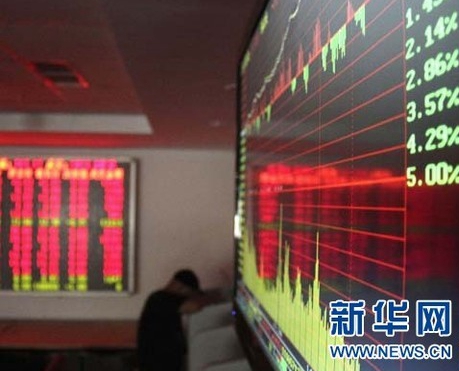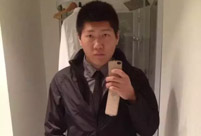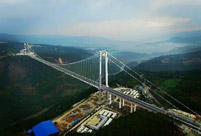

 |
A long-expected draft reform plan on China's New Third Board has recently come out, giving more detailed information on dividing the market in two to allow more mature companies with good liquidity to trade separately from others.
Saturday, the board had a second test run of the new two-tier trading system, marking the imminent launch of the reform later this month.
China's New Third Board became a nationwide trading platform three years ago. Designed to gather investment for companies which have not yet gone public, listing requirements have been substantially eased to allow smaller firms to participate. However, in the past three years, the New Third Board has grown dramatically from only 400 or so companies to 6,945 companies listed. The quality of the companies on the board varies greatly because the entry level for the market was really low. Some companies got some capital from the market and traded for a while and then suddenly became empty shells.
In order to enhance the liquidity of the New Third Board, regulators have decided to distinguish the best stocks from the average pool, and will begin class the companies into two levels, namely the base level and the innovation level, as soon as this month.
According to the draft regulation, companies hoping to be selected into the innovation level must meet relatively high requirements on three sets of criteria, namely their net profit, return on net assets ratio, the number of share holders; or compound growth rate, revenues, and capital stock; or market value, shareholders' equity and the number of market makers.
In many insiders' eyes, companies which are traded relatively actively will remain in favor, whereas those in the second tier will most likely be completely ignored.
According to the current criteria, only 15 percent of the listed companies on the New Third Board will be selected into the innovation level.
 French girl ties the knot with Chinese boy
French girl ties the knot with Chinese boy Beijing Style: ready for bare legs
Beijing Style: ready for bare legs Century-old station sees railyway evolution
Century-old station sees railyway evolution Enthusiasts perform Kung Fu at Wudang Mountain
Enthusiasts perform Kung Fu at Wudang Mountain Stunning photos of China's fighter jets in drill
Stunning photos of China's fighter jets in drill Monk's mummified body to be made into a gold Buddha statue
Monk's mummified body to be made into a gold Buddha statue Former Chinese solider of the French Foreign Legion seeks wife online
Former Chinese solider of the French Foreign Legion seeks wife online Asia's longest and highest suspension bridge to open to traffic
Asia's longest and highest suspension bridge to open to traffic China's first interactive robot looks like a beauty
China's first interactive robot looks like a beauty Top 20 hottest women in the world in 2014
Top 20 hottest women in the world in 2014 Top 10 hardest languages to learn
Top 10 hardest languages to learn 10 Chinese female stars with most beautiful faces
10 Chinese female stars with most beautiful faces China’s Top 10 Unique Bridges, Highways and Roads
China’s Top 10 Unique Bridges, Highways and Roads Can US win a new Cold War upon China?
Can US win a new Cold War upon China? China sitting on data goldmine
China sitting on data goldmine Experts say Sino-US space collaboration is likely to stay sci-fi
Experts say Sino-US space collaboration is likely to stay sci-fi Chinese NGOs receive less from overseas backers as new law stresses national security
Chinese NGOs receive less from overseas backers as new law stresses national securityDay|Week